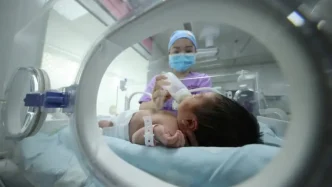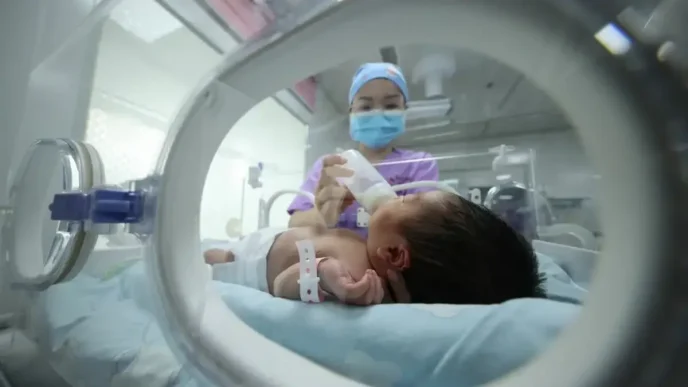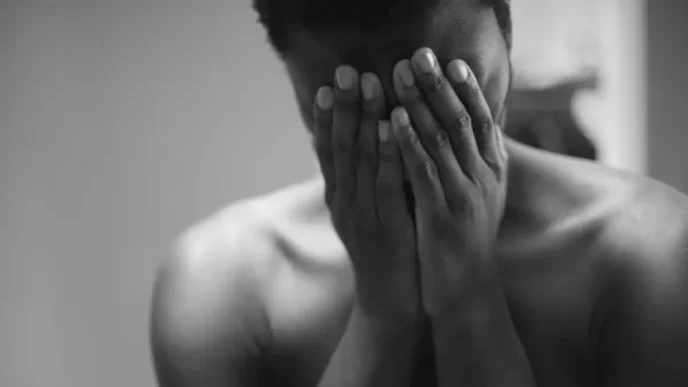At just 19 years old, Filipino tennis sensation Alex Eala has captured global attention with her remarkable semifinal run at the 2025 Miami Open. This achievement, her best finish to date, not only marks a significant milestone in her young career but also shines a light on the broader struggles of Filipino athletes navigating a system that often fails to nurture emerging talent. Ranked No. 72 in the world, Eala’s success offers a moment of national pride, yet her journey underscores the urgent need for structural support in Philippine sports.
A Milestone at Miami
Eala’s performance at the Miami Open, held at Hard Rock Stadium in Miami Gardens, Florida, was nothing short of extraordinary. Reaching the semifinals, she secured a purse of $332,160 (approximately 19 million Philippine Pesos, ~US$332,160), a sum that surpasses more than half of her career earnings to date, which stood at $498,901 (around 28 million Philippine Pesos, ~US$498,901). For a teenager still carving her path in the highly competitive world of professional tennis, this financial boost is significant. Yet, as industry insights reveal, it is merely a fraction of the expenses required to sustain a career at this level.
Following her Miami triumph, Eala has not rested on her laurels. She is currently competing at the Mutua Madrid Open, where she is set for a highly anticipated rematch against former world number one Iga Swiatek, whom she defeated in Miami. This persistence highlights her determination to maintain momentum and climb further up the rankings of the Women’s Tennis Association (WTA).
The Financial Realities of Professional Tennis
While Eala’s earnings from the Miami Open are life-changing by many standards, they pale in comparison to the costs associated with a professional tennis career. According to a report by Business Insider, lower-ranking athletes often bear the burden of funding their own gear, training facilities, travel, accommodations, and meals. Many spend thousands of dollars annually, frequently incurring substantial financial losses. Even at higher levels, the expenses escalate. A tennis coach on Quora estimated that annual costs for a Top 50 player— a rank Eala is approaching— can range from $100,000 to $2 million (approximately 5.68 million to 113.53 million Philippine Pesos, ~US$100,000 to US$2,000,000).
These costs cover a wide array of necessities, including dedicated coaching for tennis and strength conditioning, physical therapy, nutritional guidance, and psychological support. For Eala, the 19 million Pesos from Miami might sustain her local support team for about a year, but consistent high-level performances are crucial to securing the funds needed for long-term growth. Additionally, sponsorships from brands could provide a vital lifeline, though such opportunities often hinge on sustained success at major tournaments.
Systemic Barriers for Filipino Athletes
Eala’s journey, while inspiring, also casts a harsh light on the systemic challenges faced by athletes in the Philippines. Unlike many of her international peers who benefit from robust national sports programs, Eala has had to rely heavily on personal resources and family support to reach the professional level. While her background has afforded her opportunities that many others lack, her success raises critical questions about how talent is cultivated—or neglected—in the country.
In the Philippines, the prevailing attitude often places the burden of proof on aspiring athletes. Rather than investing in grassroots development, the system frequently expects individuals to achieve international success before offering meaningful support. This approach, often likened to a grueling initiation, places Filipino athletes at a significant disadvantage compared to counterparts in nations with well-funded sports infrastructures. Sports outside of men’s basketball, in particular, struggle for attention and resources, leaving many promising talents without the means to pursue their dreams.
The frustration among advocates for change is palpable. Despite occasional triumphs on the global stage—be it Olympic medals or breakthrough performances like Eala’s—there remains a persistent reluctance among those with financial and political influence to invest in the foundational levels of sports development. Critics argue that opportunistic photo ops with successful athletes often take precedence over genuine efforts to reform the system.
A Call for Change
Eala’s story is a powerful reminder of the resilience and potential within Filipino athletes, but it also serves as a call to action. How many more global victories or podium finishes are needed before the nation prioritizes the nurturing of its talent? The disparity between individual achievement and systemic support is stark, and addressing it requires a fundamental shift in how sports are viewed and funded in the Philippines.
Investing in young athletes from the grassroots level—through accessible training facilities, coaching programs, and financial aid—could transform the landscape of Philippine sports. Such measures would not only bolster the chances of producing more stars like Eala but also democratize access to opportunities, ensuring that talent, rather than socioeconomic background, determines an athlete’s potential to succeed.
Looking Ahead
As Alex Eala continues to make waves on the international circuit, her journey offers both inspiration and a sobering reflection on the state of sports in the Philippines. Her upcoming matches, including the rematch with Iga Swiatek at the Mutua Madrid Open, will be closely watched by fans eager to see how far she can go. Beyond the court, however, her story amplifies a broader narrative—one of individual triumph against the odds and a collective hope for a future where Filipino athletes are given the support they deserve from the very start.
For now, Eala remains a beacon of what is possible, a young woman defying expectations and proving that Filipinos can compete with the best in the world. The question lingers: when will the system catch up to the spirit of its champions?














